Trading On Sentiment: The Power Of Minds Over Markets
$21.91
| Author(s) | |
|---|---|
| Format |
|
| Pages |
367 |
| Publication Year |
2016 |
In his debut book on trading psychology, Inside the Investor’s Brain, Richard Peterson demonstrated how managing emotions helps top investors outperform. Now, in Trading on Sentiment, he takes you inside the science of crowd psychology and demonstrates that not only do price patterns exist, but the most predictable ones are rooted in our shared human nature. Peterson’s team developed text analysis engines to mine data – topics, beliefs, and emotions – from social media. Based on that data, they put together a market-neutral social media-based hedge fund that beat the S&P 500 by more than twenty-four percent—through the 2008 financial crisis. In this groundbreaking guide, he shows you how they did it and why it worked.
Introduction:
This book is based on a simple claim: There are patterns in market prices. While that assertion is controversial among academics, belief in that notion is a prerequisite to work in the investment industry. Investors who propose to beat the market attempt to harvest some mispricing, somewhere, often systematically. This book covers broad scientific and experimental ground as it makes the case that not only do price patterns exist, but the most predictable patterns are rooted in the anatomy of the human brain and the biology of its information processing networks.
Some information provokes emotional reactions—as we describe in subsequent chapters—and these reactions predictably alter trading behavior. In this book the term sentiment refers to emotions, feelings, outlooks, attitudes, and beliefs. Sometimes investors reveal their sentiment through their statements in news and social media, and those statements become the predictive information of interest. Sentiments alter collective behavior, leading to patterns in prices.
This book is organized into five parts. Part One explores the foundations of investor behavior. Investor sentiment has been found predictive of market price action based on humans’ innate information processing networks and specific characteristics of information. Part Two examines short-term price patterns that result from both news and social media. Part Three lays out the longer-term price patterns associated with sentiment, including momentum and value enhancements with sentiment. Part Four describes complex price patterns such as speculative bubbles and patterns in commodities and currencies. Part Five turns its attention to individual investor psychology, sharing tools to help investors avoid the biases whose effects on collective trading behavior cause the price patterns examined in this book.
Financial markets are a creation of humans: humans who respond with fear and uncertainty, humans with damaged egos, humans who curse others for their mistakes, humans who make predictions, and humans who follow the crowd. Market prices, like humans, are sometimes—but not always—driven by sentiment. This book is about the systematic and collective investor sentiments that leave telltale patterns in prices. Readers can learn both to take advantage of these patterns and to manage sentiment in themselves. We hope you gain new insights into financial markets and become a superior investor (and human being) as you journey through this book.
Contents:
- Perception and the Brain
- Mind and Emotion
- Information Processing
- Sentimental Markets
- Finding Signal in the Noise
- Short-term Patterns
- Information Impact
- Daily Reversals
- Weekly Deceptions
- The Only Thing to Fear
- Buy on the Rumor
- Long-term Patterns
- Trends and Price Momentum
- Value Investing
- Anger and Mistrust
- The Psychology of Leadership
- Navigating Uncertainty
- Complex Patterns and Unique Assets
- Optionality
- Blowing Bubbles
- Timing Bubble Tops
- Commodity Sentiment Analysis
- Currency Characteristics
- Economic Indicators
- Sentiment Regimes
- Mental Hygiene
Trading On Sentiment: The Power Of Minds Over Markets By Richard L. Peterson pdf
10 reviews for Trading On Sentiment: The Power Of Minds Over Markets
Clear filtersOnly logged in customers who have purchased this product may leave a review.

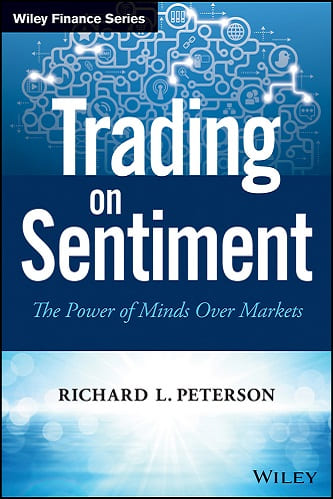

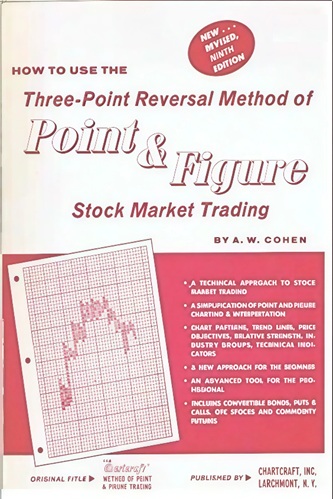
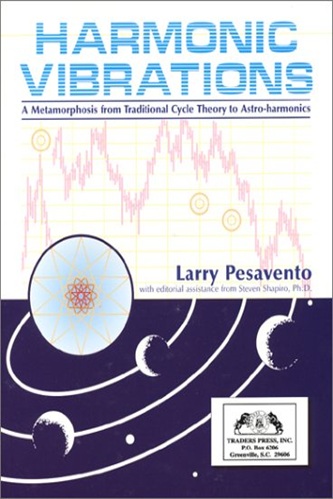
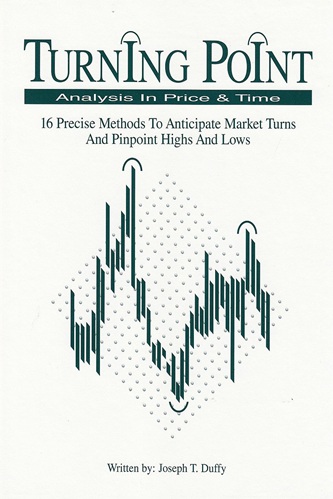
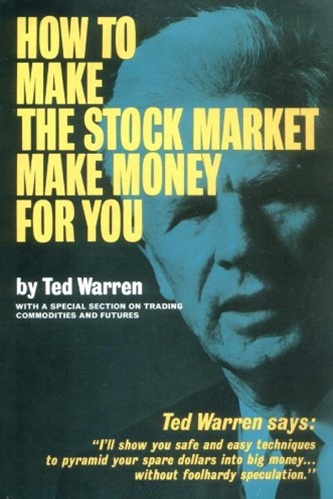
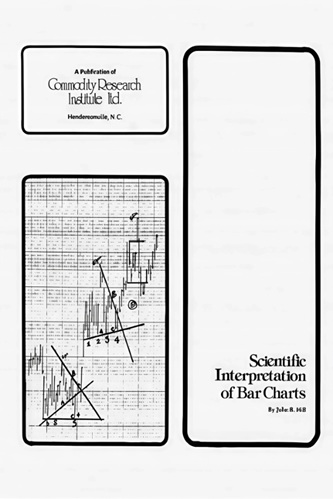

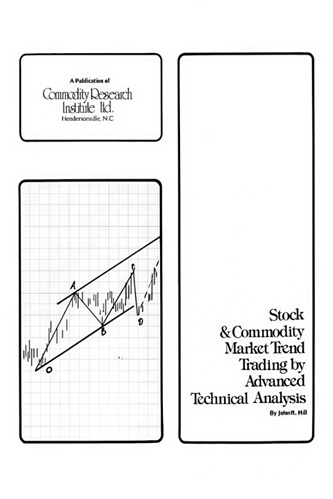
Dax Golden (verified owner) –
This book does not contain much insight – it’s an endless summary of research papers without adding additional value + very annoying and obvious advertising of Peterson’s company. There must be better books than this on the interesting topic of sentiment trading.
Giuliana Frederick (verified owner) –
Great introductory book for understanding market sentiment data. The author’s inclusion of actual sentiment data graphs proves how powerful this data can be. Highly recommended for anyone interested in the topic.
Jayla Valencia (verified owner) –
As a Tactical Trader, Sentiment Analysis is one of the pillars my process is built on. Trading on Sentiment is great introduction for novice traders and refresher for the experienced. It is well written and while contradictory at time, doesn’t read like a dry academic tome. Thomson Reuters MarketPsych Indices (TRMI) is arguably the most comprehensive sentiment analysis platform available to Market Professionals and to have TRMI data provide the backdrop for the content in this book makes it exponentially more valuable.
Should be added to reading lists of Trading Firms the world over.
Londyn Wells (verified owner) –
this is like a product information book on reuters…
Kamdyn Mendez (verified owner) –
The material is not in-depth enough in terms of the methodology and applications. A lot of things covered are kinda “common sense” by practitioners. Would love to read more on sentiment from a social scientist’s/ psychologist’s perspectives. I doubt that you can really trade based on what’s covered in the book without knowing the Marketpsych’s systems, which defies the title of the book.
Uriah Hart (verified owner) –
Richard Peterson’s books have always been very enjoyable and this one is no exception.
I was impressed by the amount of researches that this book cited and the details of the discussions.
One thing I don’t like that much is the conflicts of interest in this book.
The data used in this book is not freely available to the public and most of the strategies in this book use this data. I wish MarketPsych team could release at least 5 years of data for us to test on.
Deandre Davidson (verified owner) –
Trading on Sentiment assumes there are patterns in the markets and that a subset of these patterns are driven on sentiment. The book sheds light on how to use this information to profit in the markets. This is the first book of its kind I have ever read, and I have read a fair number of books on finance.
I have read a few books on behavioral finance in the past, and while they provided interesting and some potentially useful information, I believe Trading on Sentiment provided more valuable, actionable, and thoroughly explained insights on how to actually trade using behavioral finance principles. For instance, one of the books I read previously used the Rosemarie Nagel experiment as an analogy to explain how traders attempt to predict each other. The first book, however, came to the conclusion that predicting markets is inconsistent at best. By contrast, Trading on Sentiment used the experiment as motivation to begin a discussion on game theory strategy levels and how they play out in modern behavioral finance.
While the book might seem to be set on the notion that sentiment is the prime mover of asset prices, the author actually maintains a fairly impartial tone on the matter throughout the book. Instead of falling down the rabbit hole of speculation, the author reframes the question to a more manageable and precise form – What causes traders to buy and sell? Simply, traders respond to information relevant to an emotion, mental model, belief, or expectation. This is the assumption the rest of the book proceeds from, and the author provides real evidence from behavioral finance to support this claim.
Chapter five is the first chapter that delves into predictive analysis based on sentiment data, and I found it to be one of the most valuable chapters of the book. Chapter five’s discussion of forecasting models built with TRMI data towards the end of the chapter was especially enlightening.
The book uses the Thomson Reuters MarketPsych Indices (TRMI) as its primary source of actionable sentiment data. The TRMI target a number of market-moving sentiments based on news and social media sentiment. The book also cites earnings conference call transcripts, product reviews, and Google Trends (search) data to explain sentiment trading principles. I found the TRMI data to be the most valuable in general because it distilled sentiment and investor expectation down to a single indicator that could be plotted over a price chart. In addition, it aggregates a number of disparate sentiment sources using large scale text analysis and is specifically built for trading on sentiment.
All in all I found the book to be well written and an excellent primer to trading on sentiment from a professional who knows what he is talking about.
Jeremiah Jennings (verified owner) –
The subject and insights are interesting, but a little too much overselling of their system. Almost infomertial
Gemma Vu (verified owner) –
I don’t usually write reviews but I feel like I have been scammed on this book. The author barely presents any new ideas or concepts beyond what has been extensively covered in behavioral finance books.
Most of the trading examples mentioned suffer from data mining and survivorship bias. I doubt whether these trades would consistently work in real life, the examples offered also suffer from hindsight bias. If it looks good in the books, it doesn’t mean it will work in real life.
All of this aside, the thing that bugged me the most about the book was the heavy use of the Market Psych Index. The book was written with the intent to market Market Psych. Every chapter in the books shows you how to use Market Psych, the book is like a Market Psych manual.
Miriam Bruce (verified owner) –
Trading On Sentiment is a great guide for how to trade based of sentiment and psychology. The author worked extensively on the Thomson Reuters MarketPysch Index (TRMI) which is an industry tool for measuring sentiment. Throughout the book, the author details the important parts of how the system works on different assets such as stocks, commodities, or country based indices.
The author is careful to mention that sentiment analysis is one part of an investing strategy. I liked how the advice centered on the practical and most chapters include graphs of how the TRMI compared to actual market performance and how sentiment could be used.
Most chapters start with a historical example of where sentiment analysis could be used. Often these cases involve a massive over-reaction or under-reaction by the market and the point is made how to recognize these situations.
There a decent focus on game theory and how it plays into trading. Often a trader needs to be one level higher than his competing investors in terms of their strategy.
If you are interested in investing based off sentiment this book is a great place to start.